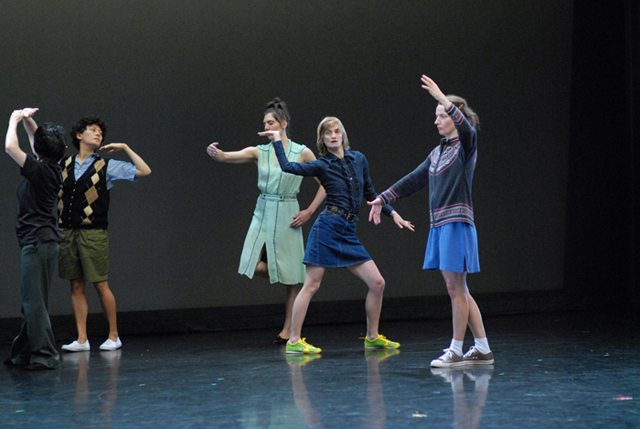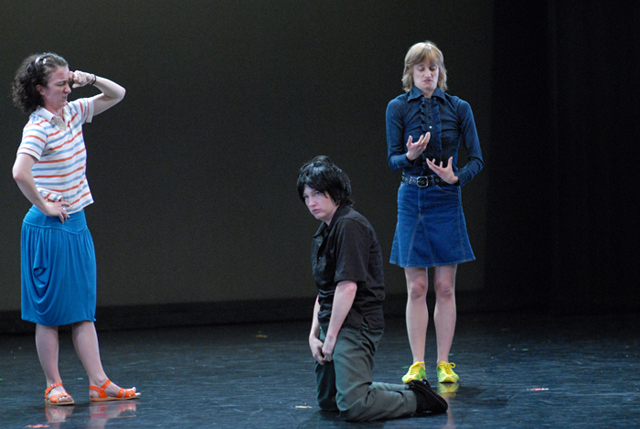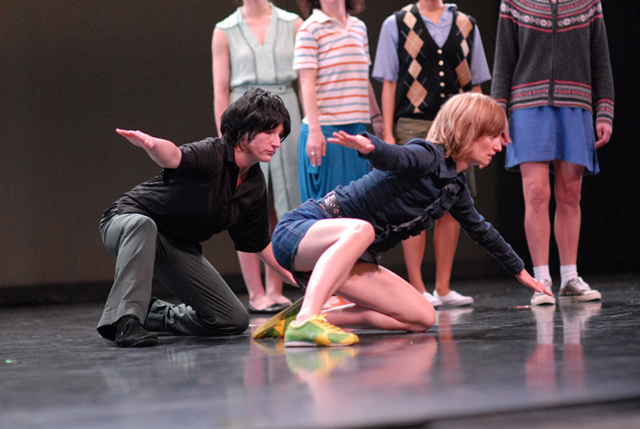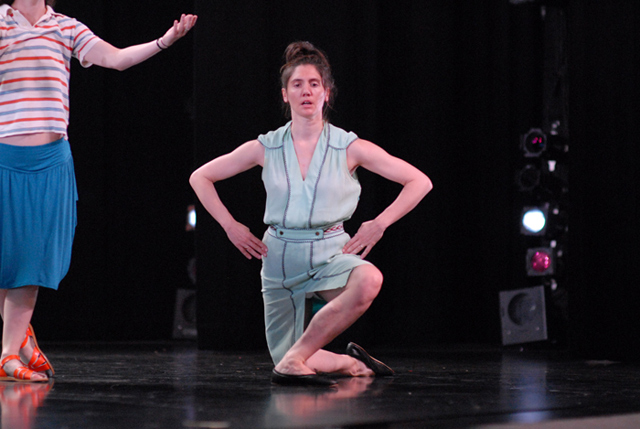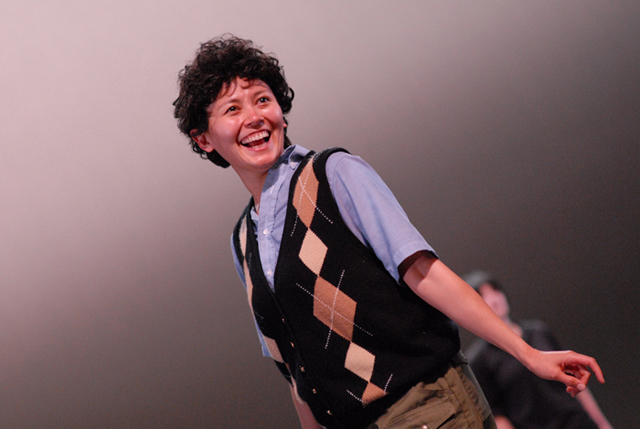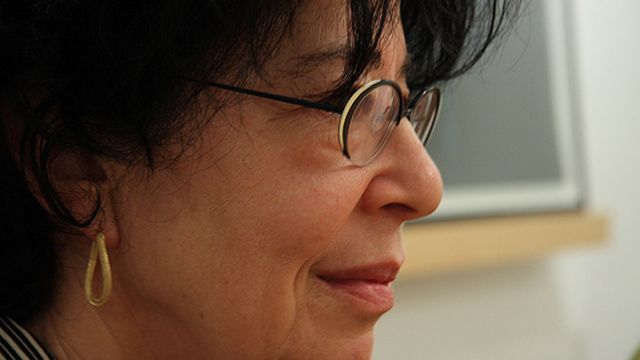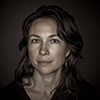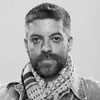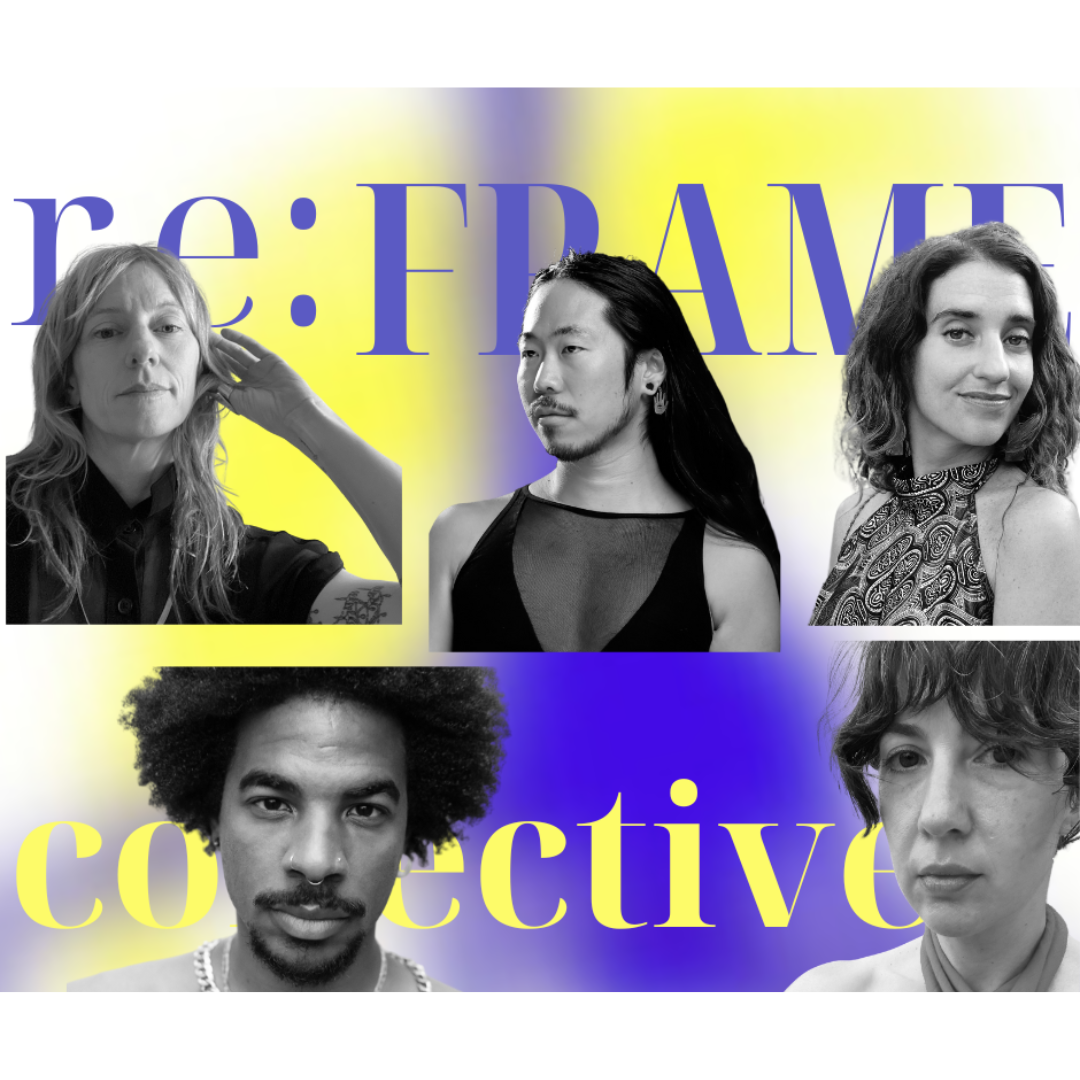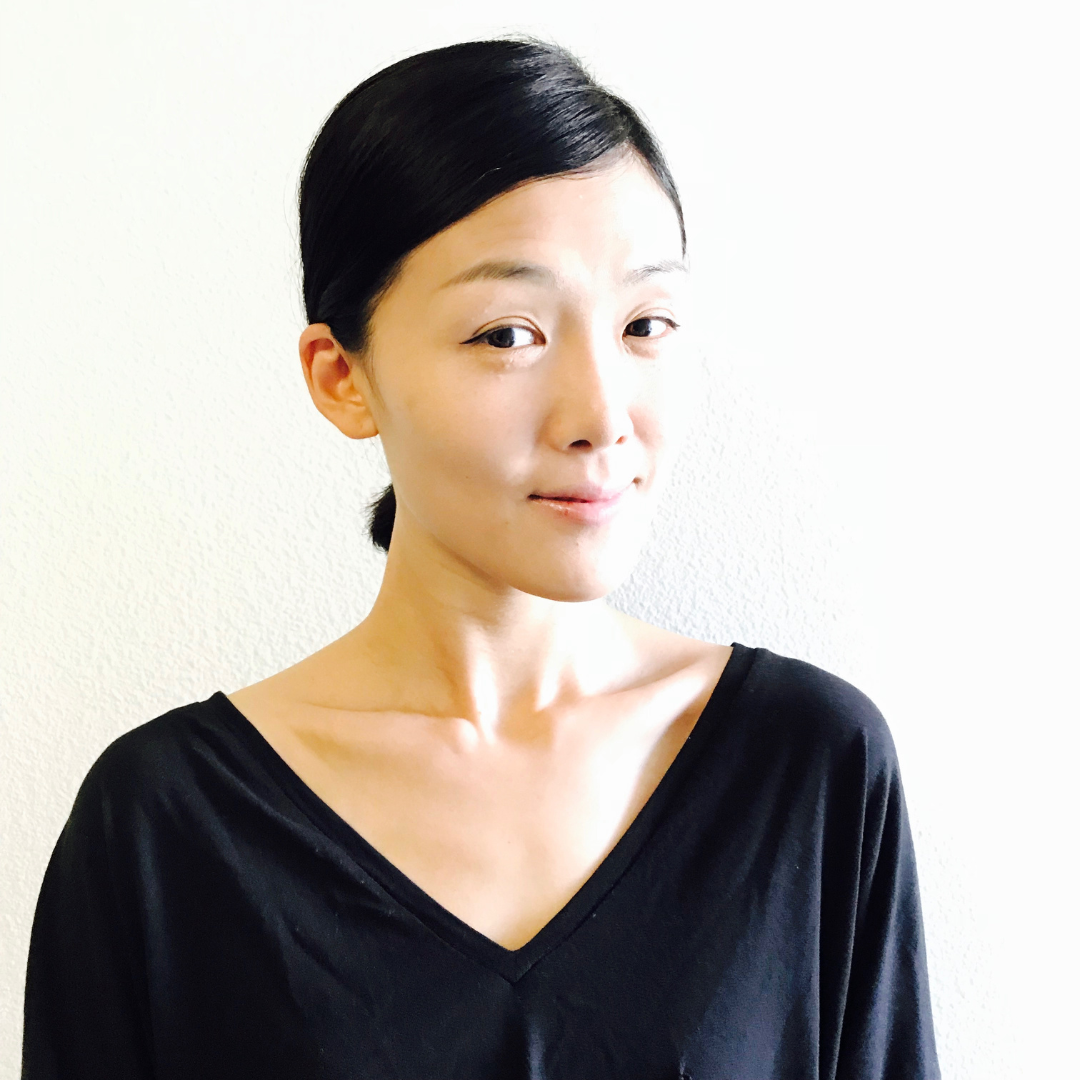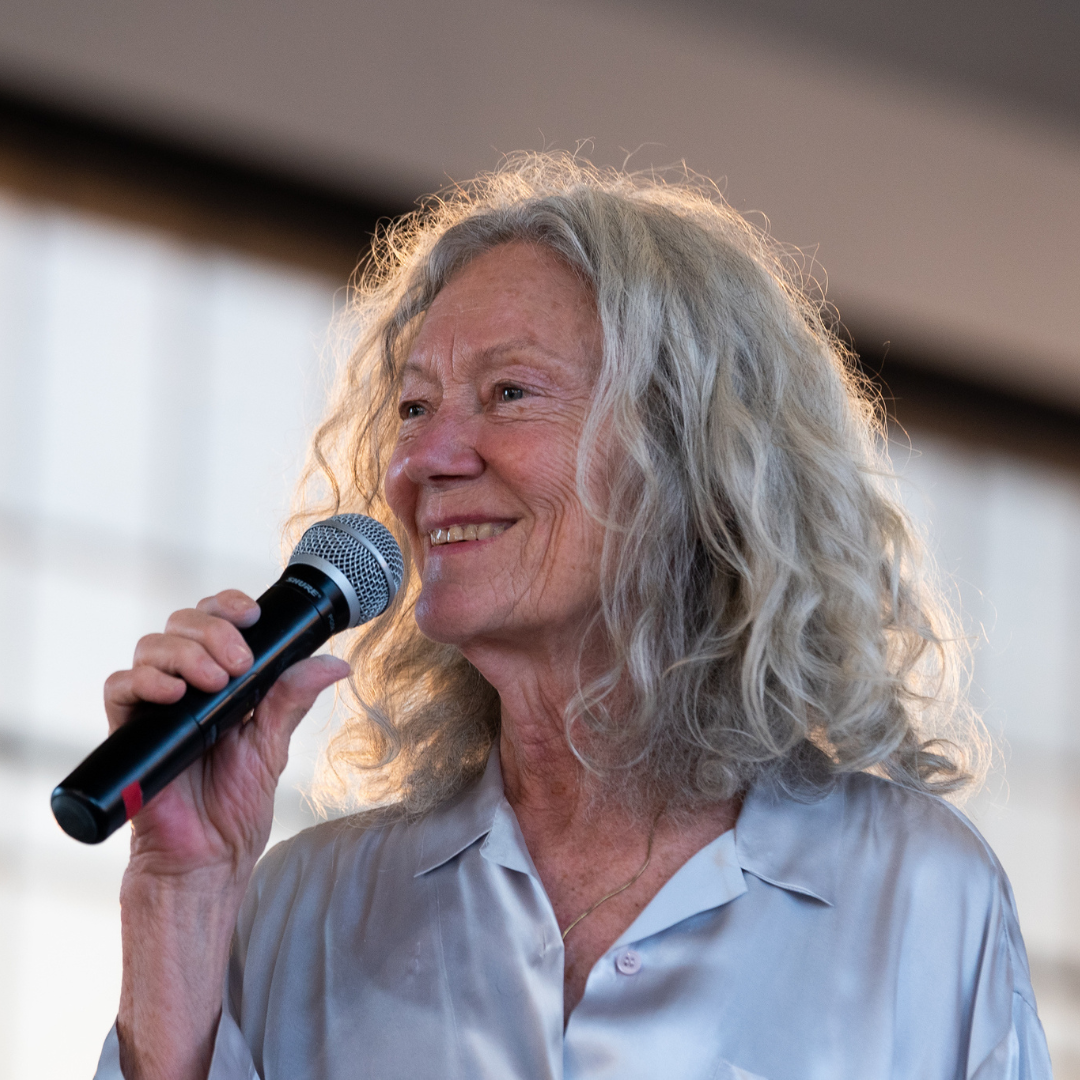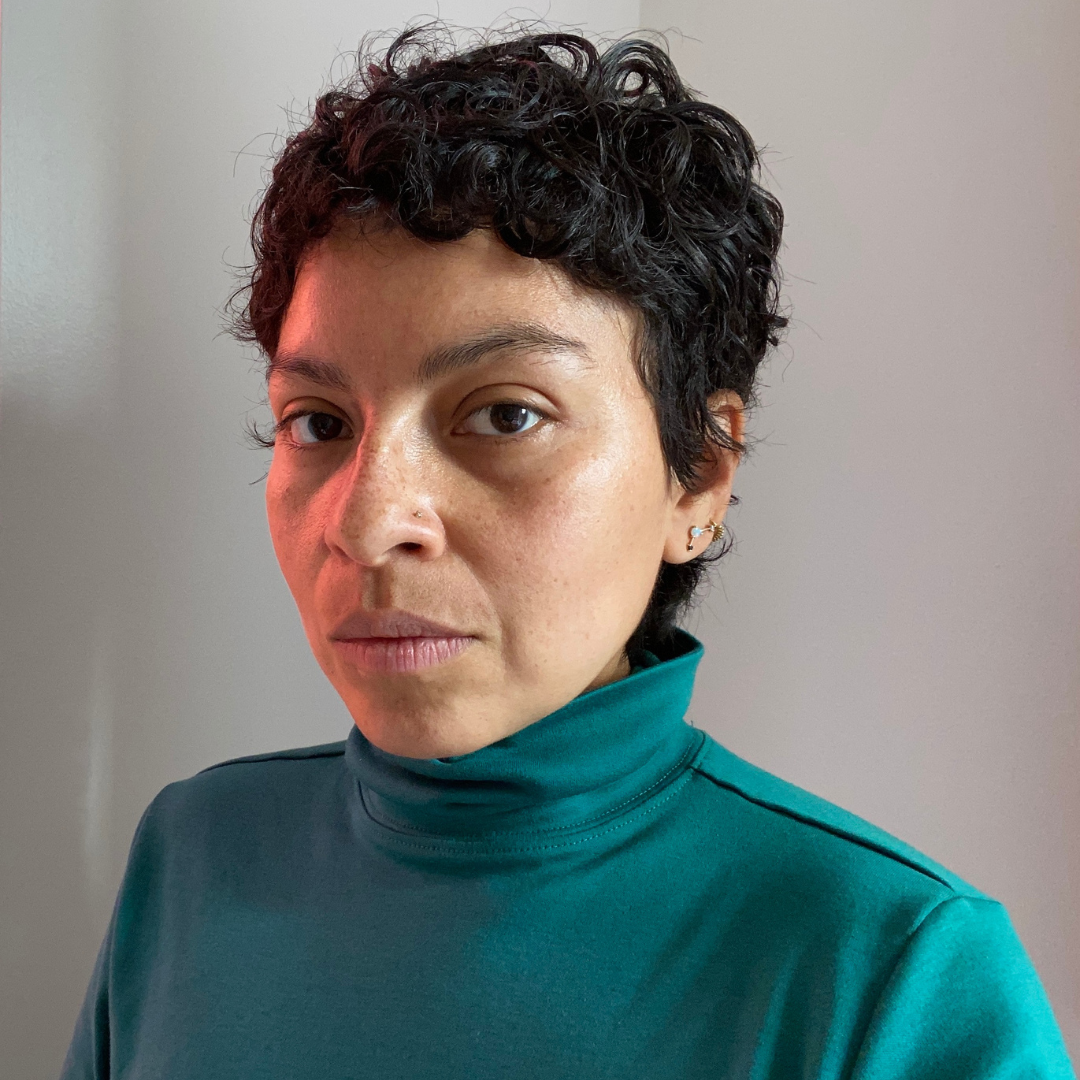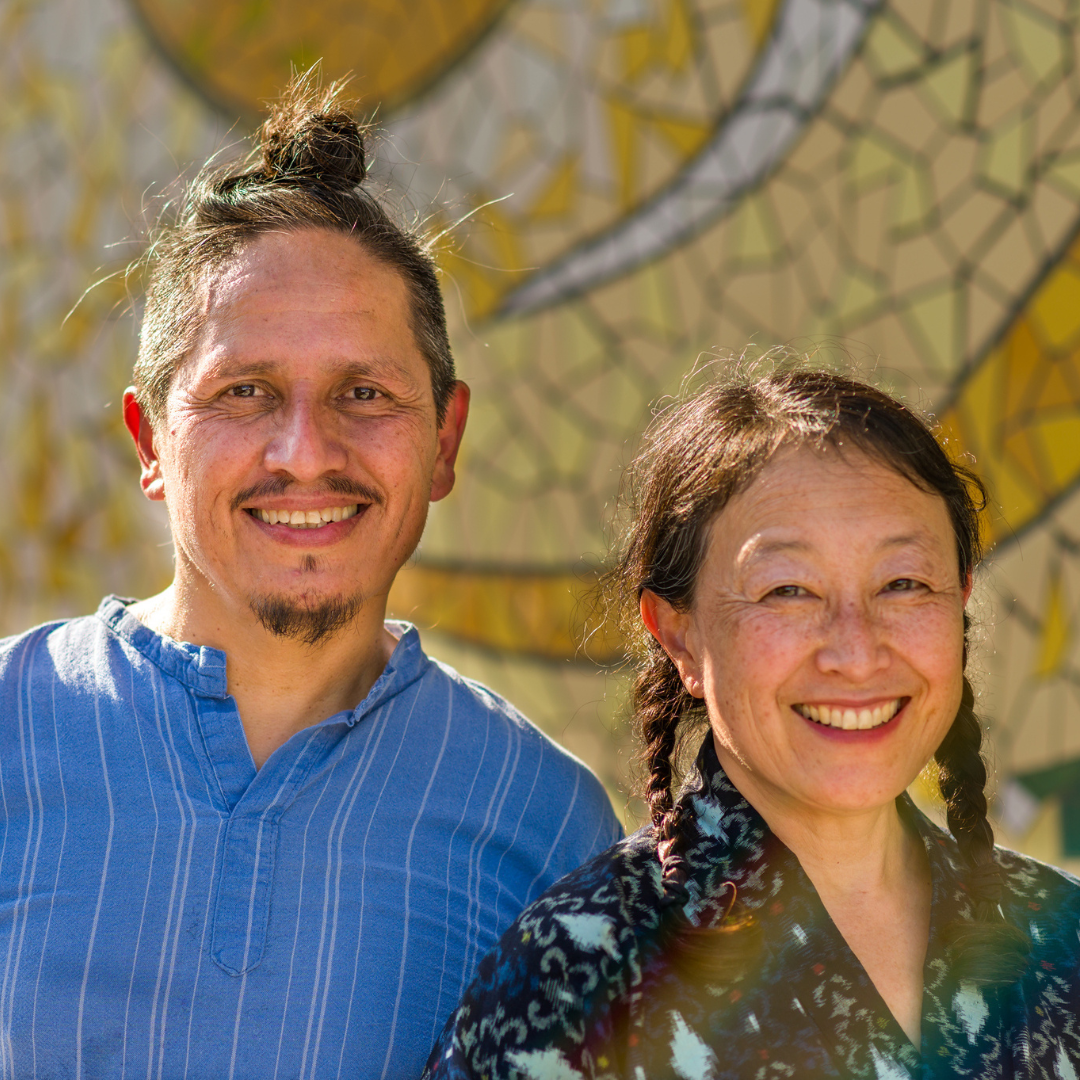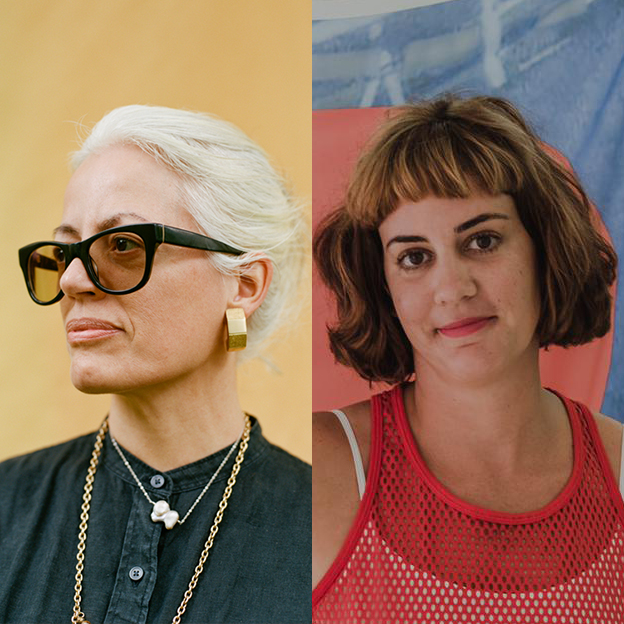Deborah Hay was born in Brooklyn. Her mother was her first dance teacher, and directed her training until she was a teenager. She moved to Manhattan in the 1960s, where she continued her training with Merce Cunningham and Mia Slavenska. In 1964, Hay danced with the Cunningham Dance Company during a 6-month tour through Europe and Asia.??
Deborah Hay was a member of a group of experimental artists that was deeply influenced by Merce Cunningham and John Cage. The group, later known as the Judson Dance Theater, became one of the most radical and explosive 20th century art movements.??
By 1967, Hay had already achieved a prominent status as a young choreographer, and her unique style began to emerge as a distinct voice within the aesthetics of Judson. Sharing with her colleagues the ideas that dance engage with other art forms, and that the artificial distinction between trained and untrained performers be challenged, she focused on large-scale dance projects involving untrained dancers, fragmented and choreographed music accompaniment, and the execution of ordinary movement patterns performed under stressful conditions.??
In 1970 she left New York to live in a community in northern Vermont. Soon, she distanced herself from the performing arena, producing 10 “Circle Dances,” performed on 10 consecutive nights within a single community and no audience whatsoever. Thus began a long period of reflection about how dance is transmitted and presented. Her first book, Moving Through the Universe in Bare Feet (Swallow Press, 1975), is an early example of her distinctive memory/concept mode of choreographic record, and emphasizes the narratives underlining the process of her dance-making, rather than the technical specifications or notations of their form.??
In 1976 Hay left Vermont and moved to Austin, Texas. Her attention focused on a set of practices ("playing awake") that engaged the performer on several levels of consciousness at once. While developing her concepts over the course of 15 years, she instituted a yearly four-month group workshop that culminated in large group public performances and from these group pieces she distilled her solo dances. Her second book, Lamb at the Altar: The Story of a Dance (Duke University Press, 1994), documents the unique creative process that defined these works. ??
In the late 1990’s Deborah Hay focused almost exclusively on rarified and enigmatic solo dances based on her new experimental choreographic method, such as The Man Who Grew Common in Wisdom, Voilà, The Other Side of O, Fire, Boom Boom Boom, Music, Beauty, The North Door, The Ridge, Room, performing them around the world and passing them on to noted performers in the US, Europe, and Australia. She also choreographed a duet for herself and Mikhail Baryshnikov, Single Duet, which toured with the Past/Forward project in 2000. ??
Her third book, My Body, The Buddhist (Wesleyan University Press, 2000) is an introspective series of reflections on the major lessons of life that she has learned from her body while dancing. ??
Hay’s work has now reached a new stage, where she redefines the inimitable choreographic method of her solo pieces in collaboration with highly trained dancers. In 2004 she received a NYC Bessie award for her choreography of the quartet The Match. In 2006 she choreographed O, O for 5 New York City choreographer/dancers and then for 7 French dancers of comparable experience. The Festival d’Automne, in Paris, presented The Match in 2005 and O, O in 2006. They also presented Hay’s new piece, If I Sing To You, in 2008. The work was commissioned by The Forsythe Company and premiered in Dresden, Germany, April 3-6, 2008. The Toronto Dance Theatre premiered her latest work, Up Until Now, on January 29, 2009.??
Deborah Hay has collaborated with many artists such as composers Pauline Oliveros, Alvin Lucier, Richard Landry, Terry Riley, Ellen Fullman, artist Tina Girouard, and Australian actor/playwright/director Margaret Cameron, among others. She has been the recipient of many grants and fellowships, including a 1983 Guggenheim Fellowship in choreography, numerous National Endowment for the Arts Choreography Fellowships, and the Rockefeller Foundation Bellagio Fellowship in 1996. ??
In 2007 she received a BAXten Award. The award was presented with the following words: “Your experimental work has remained alive & contemporary over four decades, inspiring your colleagues and peers and now - new generations of choreographers & performers. Your sustained commitment and your willingness to change course provides an example for others. Your articulate writing on the body & dance has had a profound impact on the field.”

